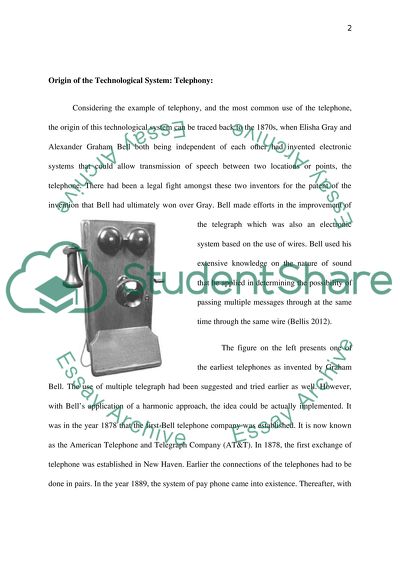Cite this document
(“Telephony Essay Example | Topics and Well Written Essays - 2500 words”, n.d.)
Retrieved from https://studentshare.org/journalism-communication/1399154-technology-civilization-culture
Retrieved from https://studentshare.org/journalism-communication/1399154-technology-civilization-culture
(Telephony Essay Example | Topics and Well Written Essays - 2500 Words)
https://studentshare.org/journalism-communication/1399154-technology-civilization-culture.
https://studentshare.org/journalism-communication/1399154-technology-civilization-culture.
“Telephony Essay Example | Topics and Well Written Essays - 2500 Words”, n.d. https://studentshare.org/journalism-communication/1399154-technology-civilization-culture.


